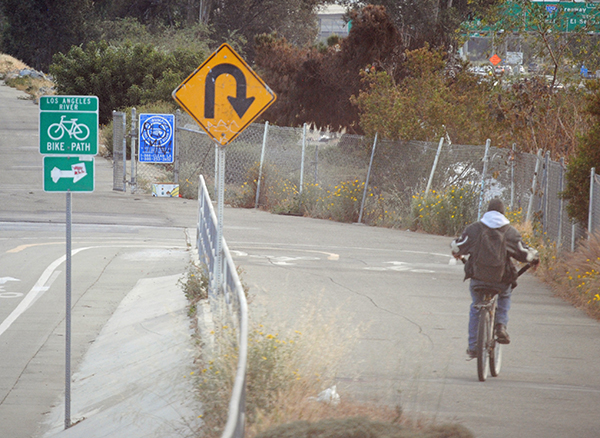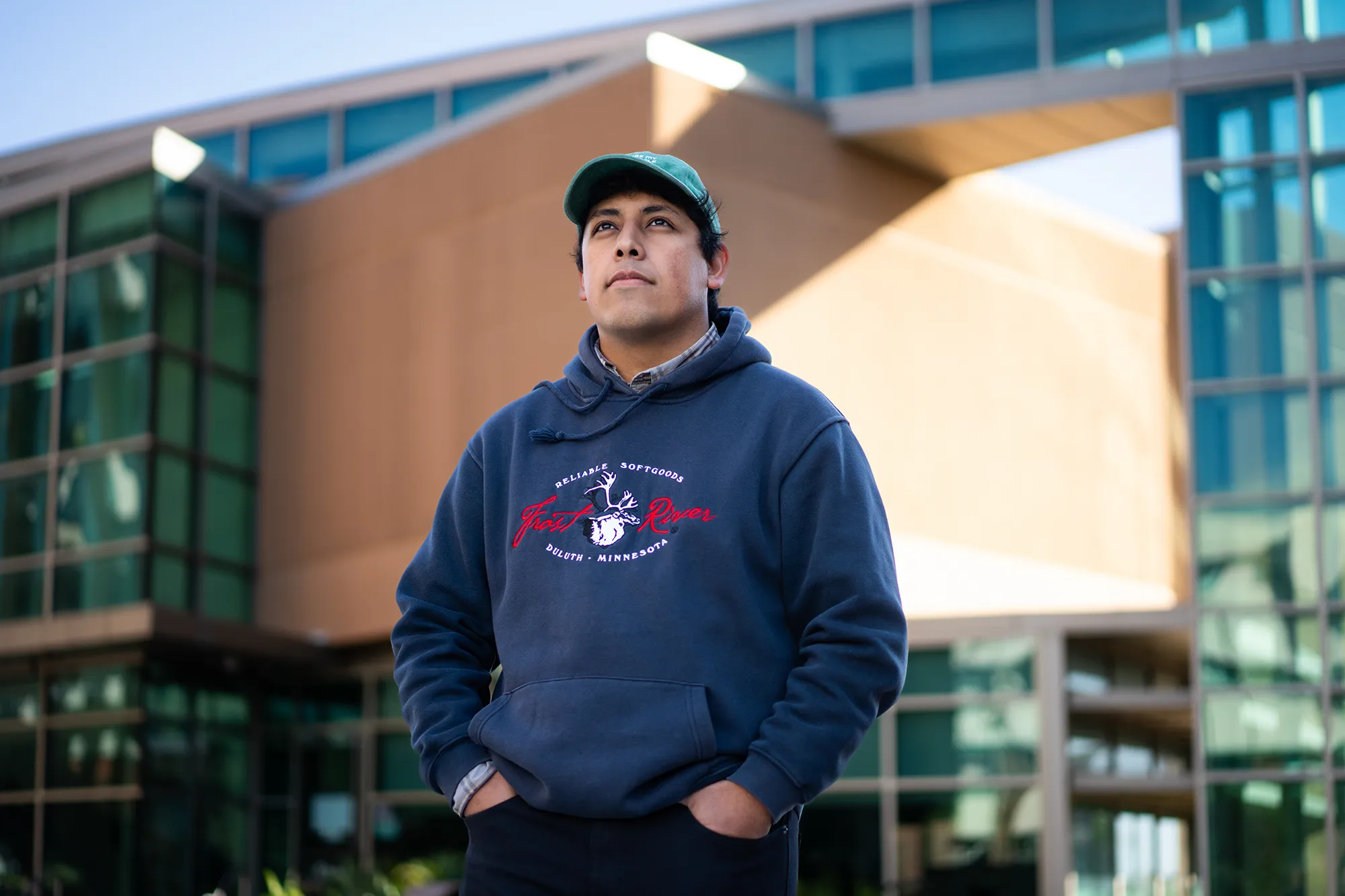By Alfredo Santana
Contributing Writer
LOS ANGELES — A bike path expansion project in Southeast Los Angeles cities along the Los Angeles River has been put on hold by the Los Angeles County Metropolitan Transportation Authority as part of a more comprehensive plan to alleviate traffic and pollution in cities along the Long Beach (710) Freeway corridor.
The I-710 Corridor Bike Path Project would build three paths in different areas at a cost of more than $117 million.
The proposed bike paths include:
- The Western L.A. River Levee Bike Path, consisting of a 10-mile path along the river’s west bank stretching from Imperial Highway in South Gate to Pacific Coast Highway in Long Beach.
- The Compton Boulevard Bike Path, running two miles from the Martin Luther King Transit Center in willowbrook along Compton Boulevard to the L.A. River.
- And the Terminal Island Freeway to Rio Hondo Bike Path, a seven-mile path from the end of the Terminal Island Freeway at Willow Street in Long Beach to the Rio Hondo Bike Trail at Garfield Avenue in South Gate.
The fate of the three bike paths is tied to funding that has not been budgeted for by the MTA’s 14-member Board of Directors.
Initial consideration of the three bike paths was independent from an environmental impact report of a canceled project set forth by the state Department of Transportation (Caltrans) and the MTA to widen the Long Beach Freeway by appropriating homes and businesses near the freeway.
After an outpouring of criticism from residents and local elected officials, the U.S. Environmental Protection Agency rejected the environmental impact report last fall, citing the area as having “the worst air quality in the United States.”
Before the EPA’s action, the MTA’s Board of Directors approved a motion made last May by Chair Hilda Solis to suspend work tied to the freeway’s environmental impact report and study.
Before the MTA canceled its plans to modernize the freeway originally built between 1953 and 1965, Solis authored a motion amended by former county Supervisor Don Knabe in 2015 that called for the bike paths as “elements to be studied outside of the [freeway’s] environmental impact report and study.”
According to the project’s website, the bike path study was launched in 2016 to consider “existing conditions and constraints,” to identify opportunities for regional connection and to recommend adjustments to current bike paths.
“The [MTA] Board directed staff to study the feasibility of constructing three new bike paths intended to serve bicyclists, pedestrians and transit riders traveling within the I-710 corridor,” according to text from a project overview document.
All three bike paths are deemed class 1, meaning they would be paved roads separated from vehicular traffic, and feature north-south corridor links to existing bicycle infrastructure traveling east to west and vice versa in South Gate, Lynwood, Paramount, Long Beach, Compton and unincorporated areas.
The 10-mile, $53 million Western Levee bike path is designed to run west of the Los Angeles River on land controlled by the Los Angeles Flood Control District and be accessible for pedestrians, and would provide bridge connections to a similar path already in use on the river’s east bank.
The two-mile, $15-million Compton Boulevard bike path project would connect to Compton, East Compton, Paramount and neighboring communities, with a link to the Western L.A. River Levee path.
Another key goal is to connect the Compton Boulevard bike path with the existing Compton’s A-Line rail station, (formerly known as the Blue Line), located next to the MLK’s Transit Center bus hub.
For its part, the seven-mile Terminal Island Freeway to Rio Hondo path would pave the way for a new two-way bike path also open to pedestrians, and provide access to and from the A-Line’s Del Amo and Wardlow stations with ramps built along Del Amo Boulevard and Wardlow Road.
The $49 million path would be constructed on Southern California Edison and Los Angeles Department of Water and Power property, and merge with the Western L.A. River Levee path.
South Gate Mayor Al Rios said he has not been contacted by MTA officials regarding the expansion of bike paths along the L.A. River’s west bank.
“It’s the first time I’ve heard about it,” Rios said.
Neither MTA project manager Ernesto Chaves or communication director Jose Ubaldo returned phone calls and emails seeking comment on the projected bike paths.
In a related matter, Rios said that he met with South Gate Police Chief Darren Arakawa to discuss increase patroling along the current east bank bike path and a crackdown on criminals involved in violence among a community of homeless individuals camped along the river.
South Gate is considering the purchase of a special vehicle to beef up security starting at access points on Imperial Highway and through spots where homeless residents have set up tents, he said.
“I’ve got reports that they have driven cars into that area,” Rios said. “[The] homeless pose a real threat to residents” and pedestrians.
Lynwood City Councilwoman Marisela Santana, who is vice chair at the I-710 ad hoc committee for the Gateway Cities Council of Governments, said her colleagues are focusing on a new vision for the corridor that would consider the bike paths.
“I do know that there are plans to bring it back to the discussion,” Santana said. “But I haven’t heard updates on it.”
She explained that the ad hoc committee plans to submit a proposal to the MTA to improve transportation in the region, including a possible plan to resurrect the bike paths.
“It’s a lot of work and it will take a lot of money,” Santana said. “They need something specific to discuss for funding.”











